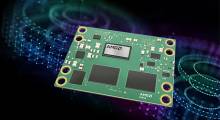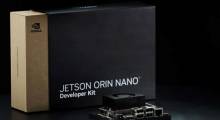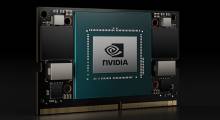Robotics developers have been hearing about the potential benefits of 5G networks for a few years but have been constrained by available hardware. Qualcomm Technologies Inc. today unveiled its expanded road map of 5G and edge artificial intelligence systems, including its new Qualcomm Robotics RB6 Platform and the Qualcomm RB5 AMR Reference Design.
The San Diego, Calif.-based company said its new products will enable innovations in industrial automation, autonomous mobile robots (AMRs), drones, urban air mobility (UAM), delivery robots, autonomous defense systems, and more.
From the Amazon Astro consumer device and the Perseverance rover on Mars to wireless factories, robots “promise to make our lives easier, but many challenges remain,” noted Dev Singh, senior director of business development and head of autonomous robotics, drones, and intelligent machines at Qualcomm.
“We've made a $70 billion investment in compute, AI, and 5G,” he said in a press briefing. “Our expanded roadmap of solutions will help bring enhanced AI and 5G technologies to support smarter, safer, and more advanced innovations.”
Qualcomm announced the new platforms for the “connected intelligent edge” at its annual 5G Summit. It said they could “accelerate the digital transformaition of industries” including agriculture, constuction, healthcare, logistics, retail, and utilities.
Qualcomm builds RB6 to expand
The company said the Qualcomm Robotics RB6 Platform supports sub-6GHz and mmWave bands for low-latency, high-bandwidth mission-critical applications on mainstream, enterprise, and private networks. Like Qualcomm's other robotics platforms, it has a flexible architecture with expansion cards to support the 3GPP Release 15 5G radio specification, as well as Release 16, 17, and 18 features as cards become available.
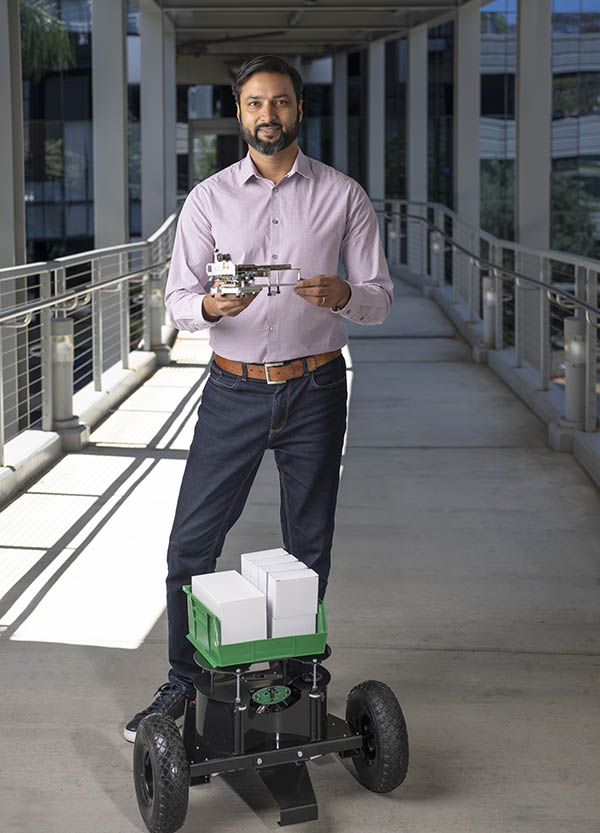
The RB16 also includes the enhanced Qualcomm AI Engine, with support for 70 to 200 TOPS (trillions of operations per second). The company said this brings “best-in-class” edge-AI and video-processing capabilities. It supports up to 24 cameras.
“By comparison, the RB5 had 15 TOPS, so the RB6 is definitely for devices needing superior AI performance and next-generation computing,” Singh said. “It brings performance for inferencing in real time.”
In addition, RB6 is designed to be energy-efficient, with low thermal power dissipation for inside robots, he said. The Qualcomm Crypto Engine Core provides secure processing for hardware-based security, noted Singh.
RB6 offers developers the Qualcomm Intelligent Multimedia SDK, an integrated AI software development kit (SDK). It brings together multimedia, machine learning, computer vision, and networking building blocks “to support end-to-end deployment of robotic applications,” said Qualcomm.
“It addresses $500 robots to $5 million industrial robots,” Singh said. “We listened to customer feedback and have invested heavily in the software stack. The SDK can save research and development and time to market on the adopter's side.”
The premium product is intended to help support segments where safety is a concern, such as avionics and UAM, he acknowledged. Singh said he expects proofs of concept in the next two to five years, based on progress that Nuro and Amazon have made with RB5.
RB5 AMR Reference Design supports new apps
Qualcomm claimed that its RB5 AMR Reference Design “is the world’s first AMR reference design to offer tightly integrated enhanced AI and 5G capabilities.” It could help with management of mobile robots in widening delivery, manufacturing, and warehouse applications, said the company.
Singh said the RB5 AMR Reference Design joins Qualcomm's SDK and its RB5 drone reference design. It provides support for deep learning, 360-degree simultaneous localization and mapping (SLAM), GPS-denied indoor navigation, high-resolution 4K imagery, and ultrasonic object detection for added safety.
Qualcomm's latest products also suport 4G LTE, Bluetooth, and Wi-Fi in addition to 5G, said Singh in response to a question during the briefing. In addition, it includes support for Linux and the Robot Operating System (ROS).
Interest in the RB5 is largely coming in drones and service robots for cleaning, Singh said. He said the reference design could be used in first-mile and last-mile delivery, UAM, and many other applications over the next 12 to 18 months.
“This is just the beginning of the next wave of innovation in robotics,” he said.
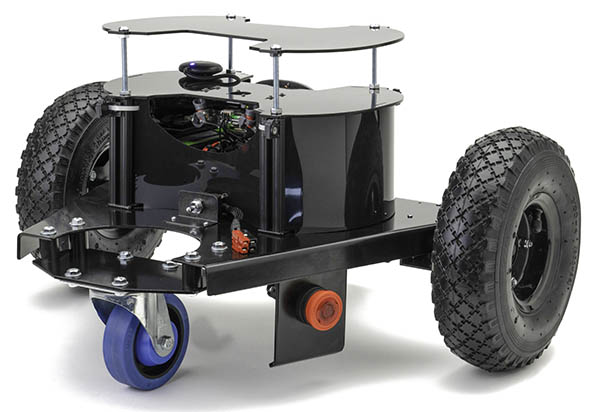
Users and availability
Qualcomm said it continues to collaborate with robotics leaders to drive innovation for 5G and edge AI. They include ADLINK, Akasha Imaging (an Alphabet company), Cyngn, ForwardX, FutureMind, Hyundai Robotics, inVia Robotics, LG Electronics, Microsoft Azure private MEC, ModalAI, Naver Labs, Pudu Robotics, Samsung Electronics, Teledyne Flir, and Thundercomm.
“We've had great validation from industry leaders in the ecosystem,” said Singh.
Qualcomm is also continuing its work with TDK, which has added its sensor technologies to Qualcomm's latest robotics offerings.
The Qualcomm RB5 AMR Reference Design is now available for pre-sale thorugh ModalAI, and the Qualcomm Robotics RB6 development kit is available through Thundercomm.
About the Author
Follow Robotics 24/7 on Linkedin
Article topics
Email Sign Up




